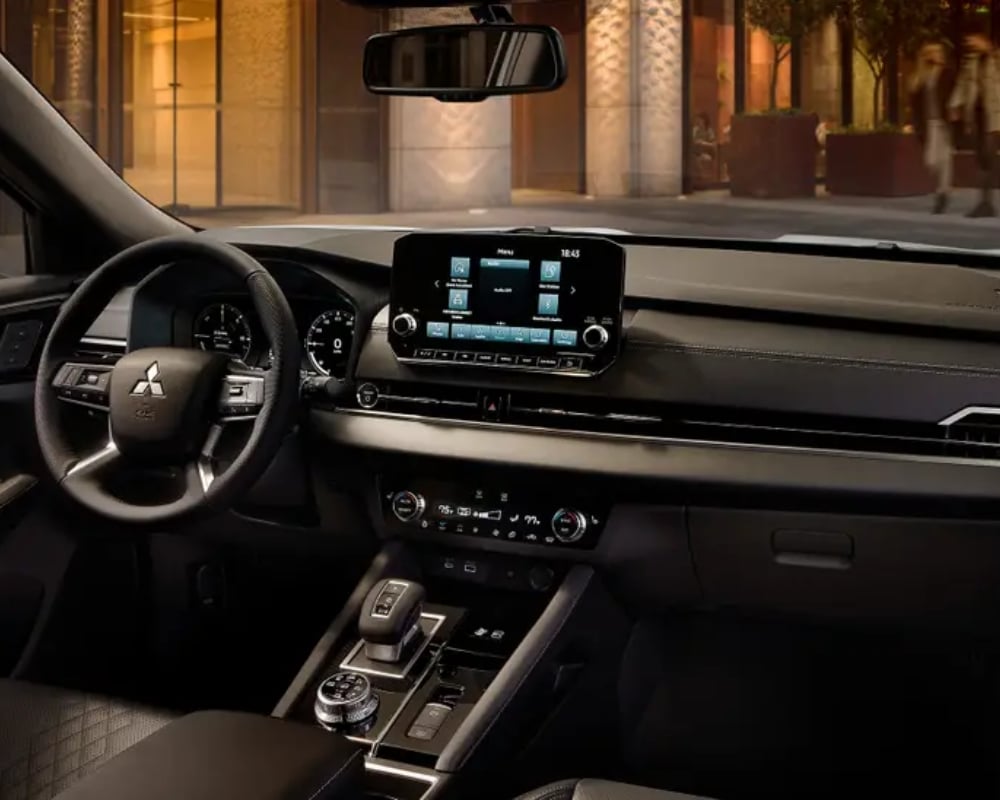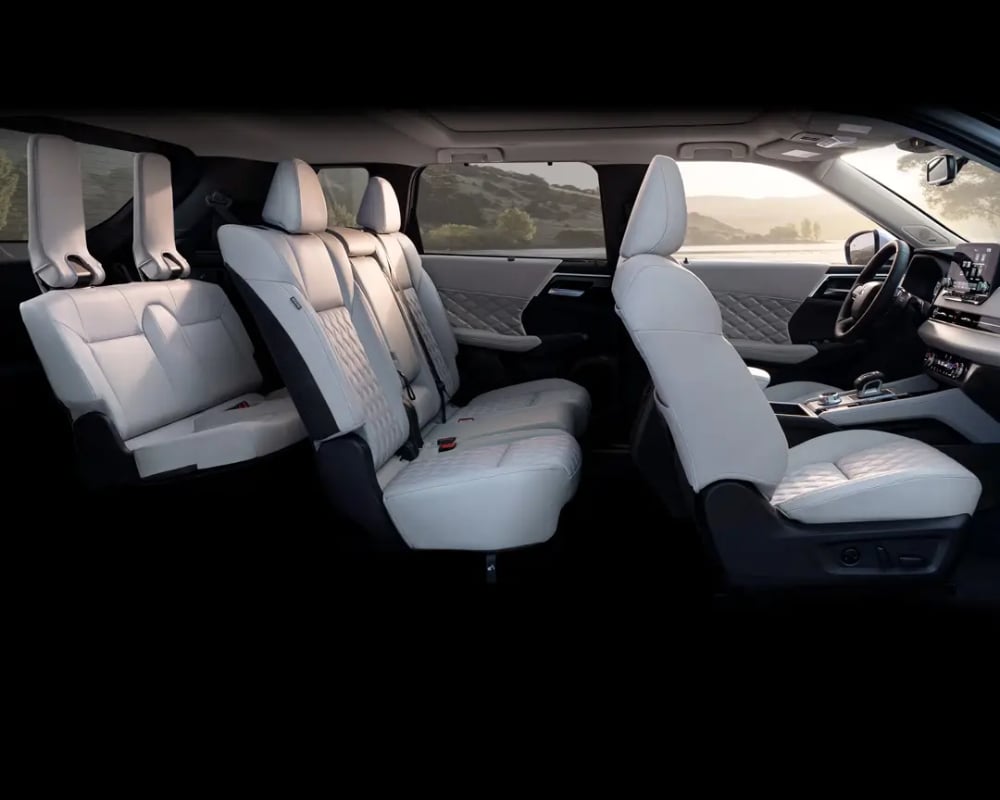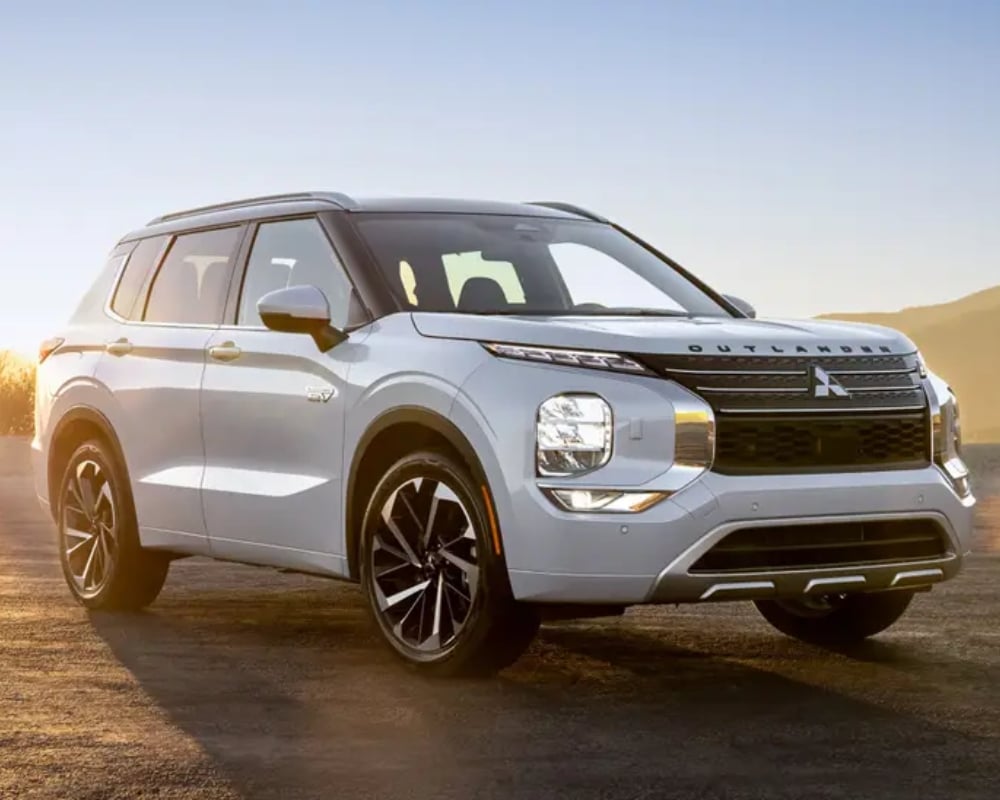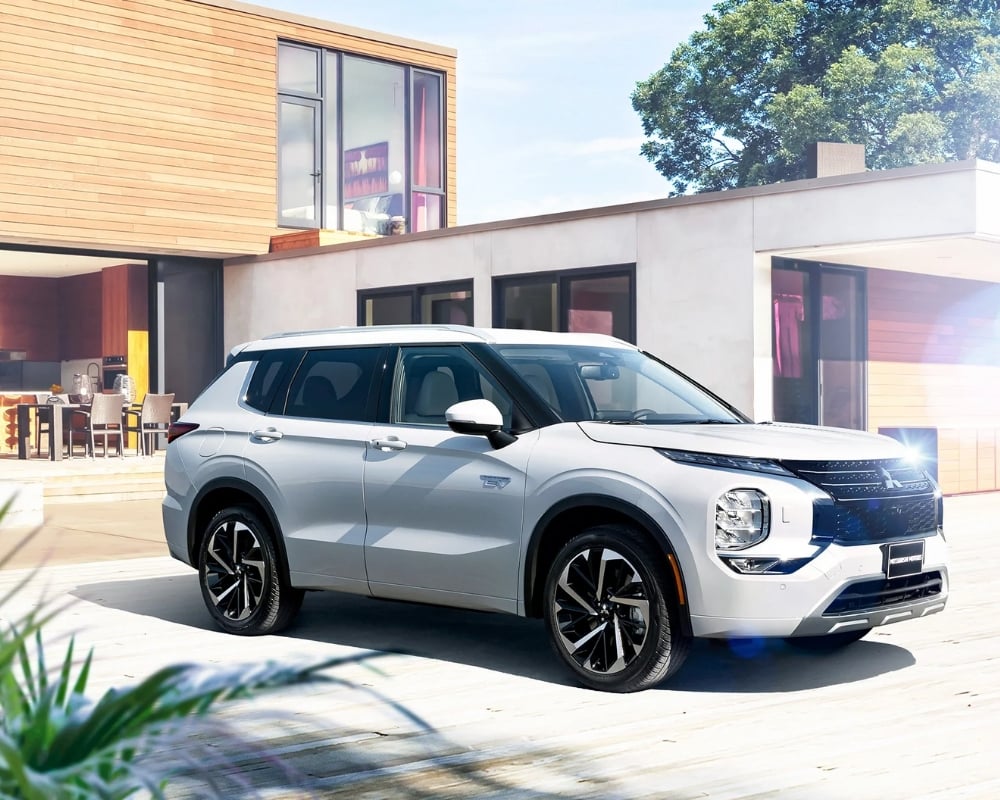Plug-In-Hybrid Showdown: The 2025 Mitsubishi Outlander PHEV vs 2025 Ford Escape PHEV
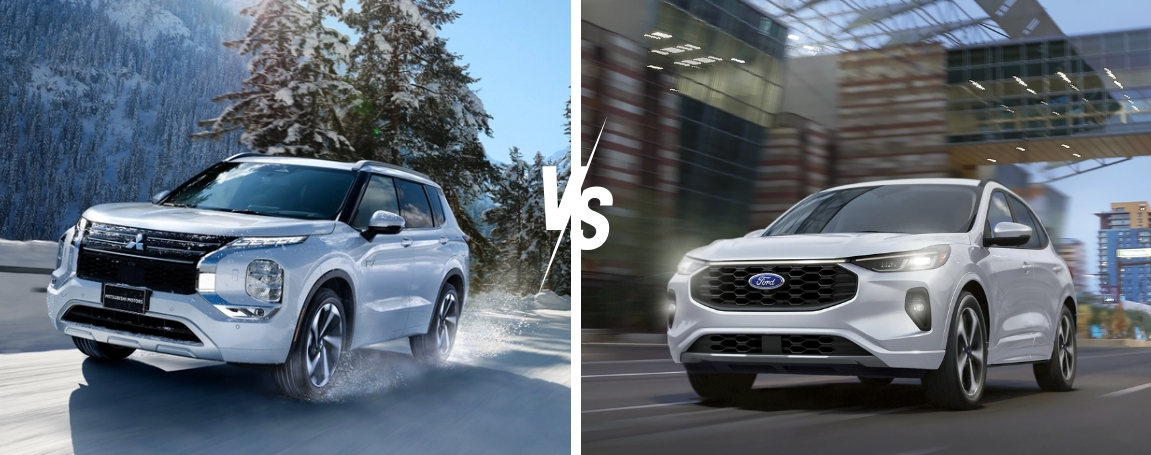
New Inventory View Gallery Contact Us
If you're considering a plug-in hybrid SUV in Halifax, two top contenders are the 2025 Mitsubishi Outlander PHEV and the 2025 Ford Escape PHEV. Both bring a lot to the table in terms of performance, technology, and eco-conscious driving, but when you take a closer look at the specs, let’s see which PHEV edges ahead in some areas. Let’s break it down.
Power and Performance You Can Feel
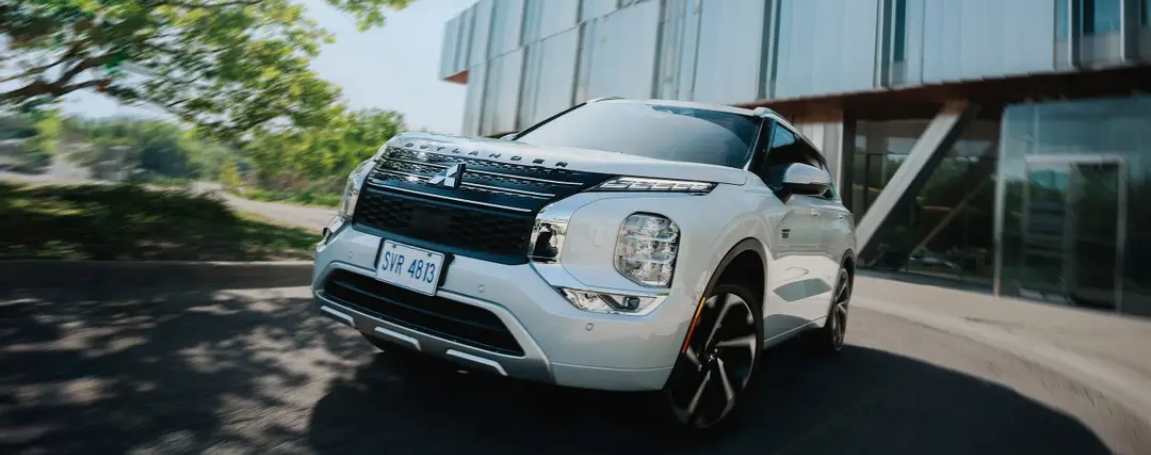
The 2025 Mitsubishi Outlander PHEV is built to deliver confident performance. Its plug-in hybrid system produces 248 horsepower and 332 lb-ft of torque, offering strong acceleration and towing capability. In contrast, the 2025 Ford Escape PHEV delivers up to 250 horsepower and 280 lb-ft of torque, depending on configuration. While horsepower is similar, Mitsubishi’s higher torque output provides smoother off-the-line power and better responsiveness for everyday driving.
When it comes to drivetrain layout, Mitsubishi opts for front-wheel drive (FWD), while Ford pairs its Escape PHEV with all-wheel drive (AWD). While AWD has its advantages in rough terrain, FWD can actually be a better fit for many drivers. It offers improved fuel efficiency, lower maintenance costs, and a simpler mechanical layout, perfect for drivers navigating Halifax’s well-maintained roads and city commutes.
Efficiency and EV Convenience
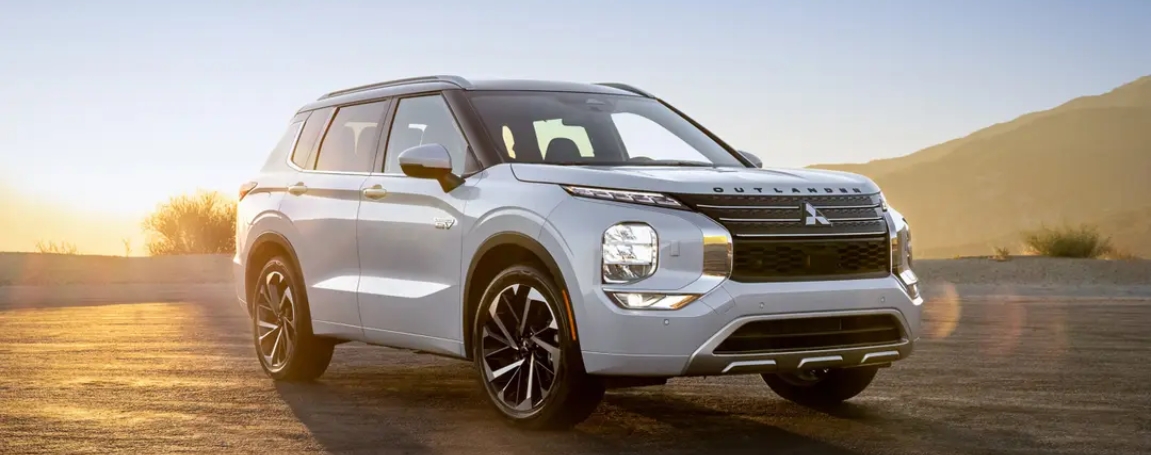
Efficiency is a top priority for plug-in hybrid drivers, and both SUVs perform well. The 2025 Outlander PHEV is rated at 3.6 Le/100km combined by NRCan, while the Ford Escape PHEV comes in more efficient at 2.3 Le/100km combined. That said, real-world efficiency also depends on charging speed and electric driving habits.
One place where Mitsubishi shines is charging time. Using a 240-volt Level 2 charger, the Outlander PHEV takes just 0.63 hours to reach a full charge, significantly faster than the Ford Escape’s 3.5-hour charging time. That’s a huge advantage for busy schedules or drivers relying on shorter charging windows.
Mitsubishi also provides more fuel storage with a 56-litre tank versus the Escape’s 42-litre tank. Combined with its larger battery capacity, that extended range means fewer stops and more freedom to travel confidently.
Bigger Wheels, Better Drive
Style and handling both get a boost with Mitsubishi’s 20-inch alloy wheels, which offer a wider contact patch and enhanced stability at higher speeds. Ford’s Escape PHEV comes with 18-inch wheels, which may provide a slightly smoother ride, but give up some ground in cornering performance and visual appeal. For those who want a bolder look and more planted driving feel, Mitsubishi takes the edge here too.
Warranty Coverage That Goes the Distance
One of the most compelling reasons to go with the Mitsubishi Outlander PHEV is its outstanding warranty. Mitsubishi offers a 60-month/100,000 km comprehensive warranty and a class-leading 120-month/160,000 km powertrain warranty. The roadside assistance coverage is also unmatched at 60 months with unlimited kilometres.
Ford’s Escape PHEV, by comparison, comes with a 36-month/60,000 km comprehensive warranty, 60-month/100,000 km powertrain warranty, and matching roadside coverage for 60 months/100,000 km. The difference in peace of mind is clear,Mitsubishi is simply offering longer-lasting protection.
Final Thoughts: Why Mitsubishi Outlander PHEV Stands Out
With Mitsubishi’s quicker charging time, larger fuel tank, higher torque, bigger wheels, and unbeatable warranty coverage, the Outlander PHEV clearly holds the advantage. Visit Steele Mitsubishi in Halifax, NS, to explore the 2025 Outlander PHEV today, it’s ready for your next move.

